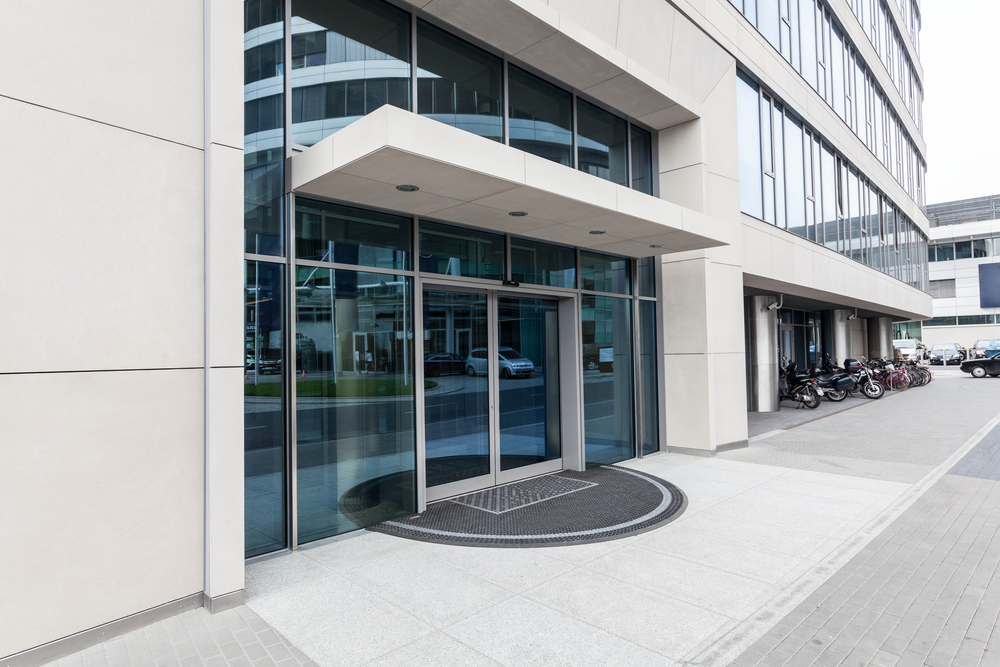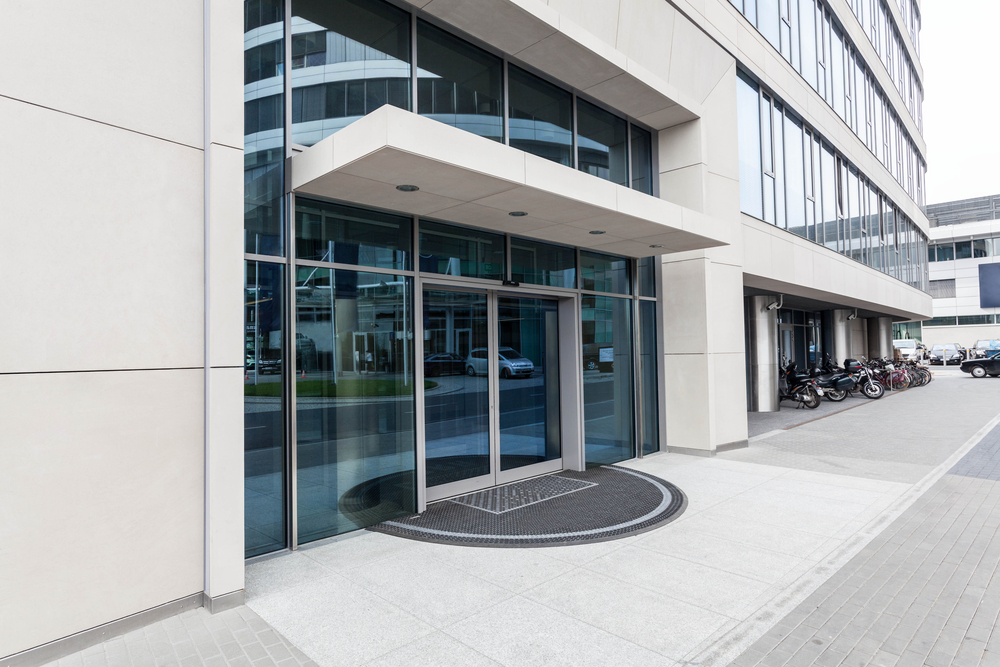
Many states have begun to open up and ease restrictions on moving throughout their territory, however the economic and personal damage will reverberate through the labor market for a very long time to come.
Among the many restrictions placed will be limiting the number of people that can enter buildings. For private businesses, this could mean limiting who comes into the physical office or not coming back at all which is what companies like Nationwide are doing. For places like restaurants, they must limit capacity in their dining rooms or possibly shut the them down until further notice. As a result, many local and chain companies are going under due to lack of sales and the length of time it’s taken to reopen the economy.
On top of this, the question becomes how do you keep the virus from spreading? Companies have had to invest in cleaning supplies, disinfectant and even temperature monitoring. To determine when to open, businesses must consider the following:
- The status of any existing stay-at-home orders in their state(s) of operation. See the U.S. Chamber of Commerce's State-by-State Reopening Guide for details on reopening plans in your state.
- The severity and volume of COVID-19 cases within their locale.
- Whether the business has a physical location.
- The ability to enforce proper social distancing (at least six feet between individuals) within the business location.
- The level of contact with customers and other employees (e.g., beauty salons and gyms with direct physical contact vs. retail stores and restaurants with indirect contact).[1]
Many states have outlined what to do in order to open. With cases and numbers fluctuating across the country, companies must keep up with any changes that states make as they begin to reenter the field.
[1] https://www.uschamber.com/co/start/strategy/small-business-coronavirus-reopening-guide



